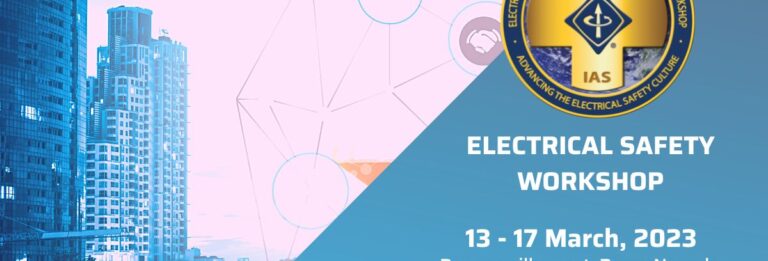
IEEE Electrical safety workshop 13 – 17.3.2023
Since its inception in 1992, the IEEE Electrical Safety Workshop has established itself as the industry’s premier electrical safety conference.
We are delighted to be able to invite you to the ESW 2023 in Peppermill resort, Reno, Nevada on March 13 – 17, 2023!
You can find us at booth 212.
Join us for the Technical Program on Wednesday, March 15th when the paper
Doors Wide Open: Safety Beyond the Standards by John A. Kay, Mikko Manninen, and Juha Arvola is presented.
“Arc detection and quenching technologies have been successfully employed in various applications for over two decades. The global standards surrounding these technologies have continued to be refined and cross-referred. However, these standards pre-determine a given hardware configuration regarding testing methodologies. The standards typically define the performance testing of these devices with the doors of the equipment being protect being closed during the testing cycles. In reality, many arc flash events occur when the equipment doors are open as qualified service personnel troubleshoots equipment or while determining if the working area is safe. Therefore, are the test sequences and results as defined in the procedures of the associated standards for performance evaluation of arc detection and quenching devices, still valid when the doors of the protected equipment are open or ajar.
This paper will provide explicit details regarding testing that more accurately replicates real-world applications where door could be open during troubleshooting and maintenance of the protect equipment. The work will also provide an in-depth review of the global standards in active arc fault mitigation. Their deployment and applications in regions utilizing International Electrotechnical Commission (IEC) standards has been more rapid, than in other global areas. North American standards for arc detection and quenching technologies are very rudimentary in their content and lack the technical advancements documented in the associated IEC standards. Because of this weakness in North American standards for these technologies, yet their deployment has been hampered by misunderstandings, misguided beliefs, or inconsistent information.



